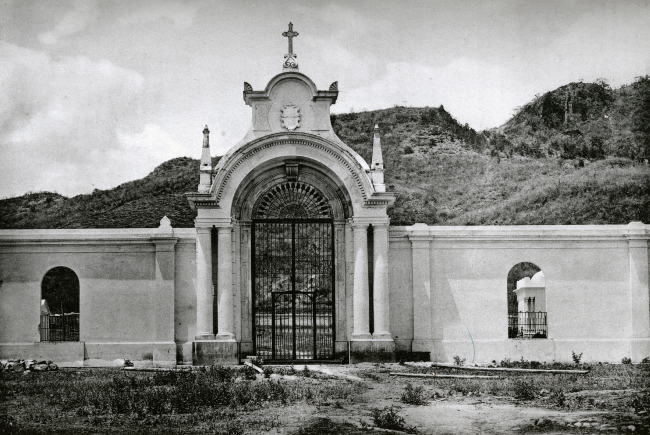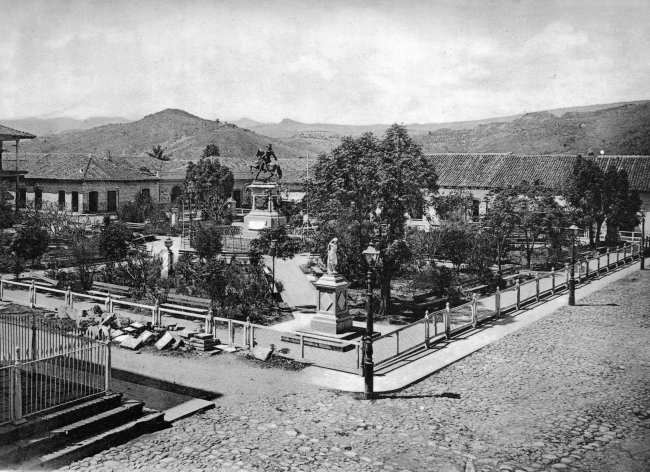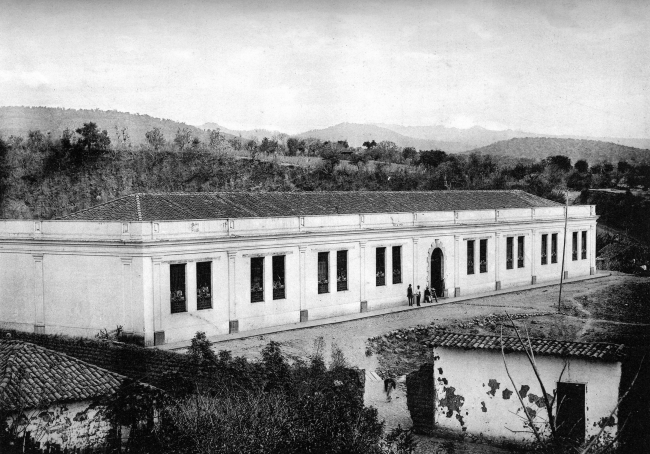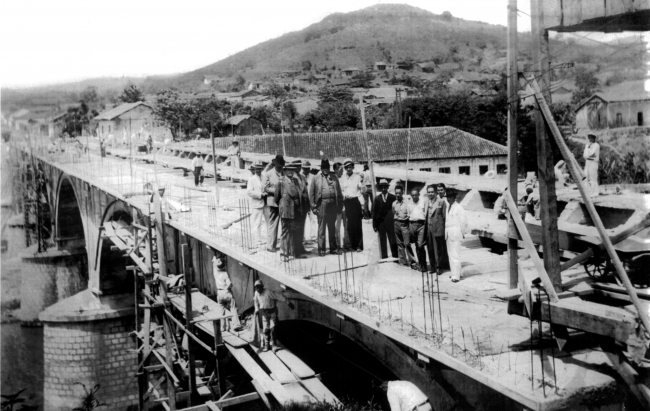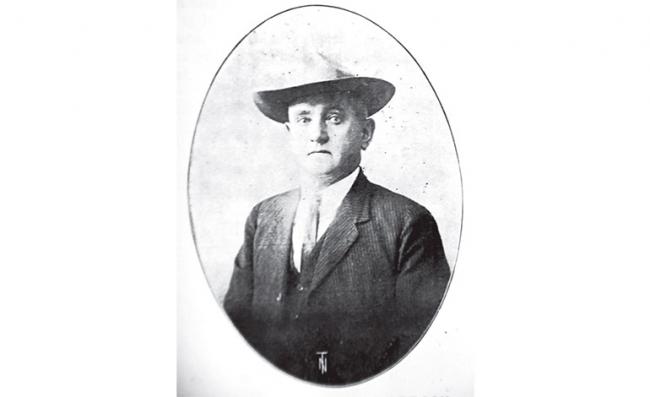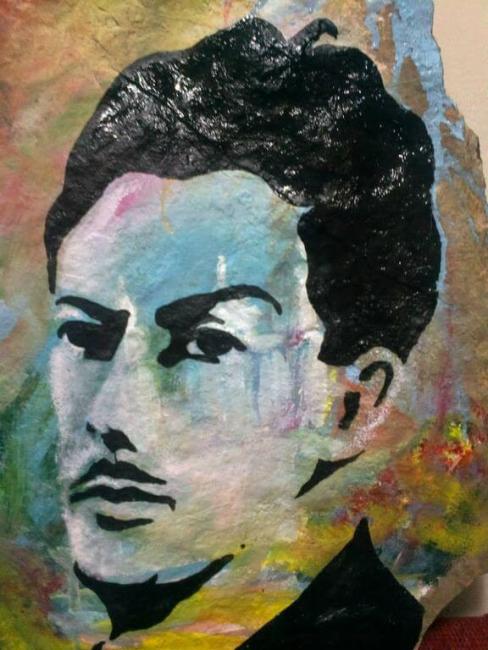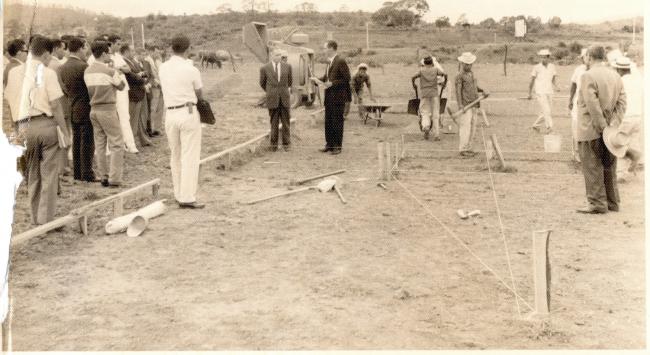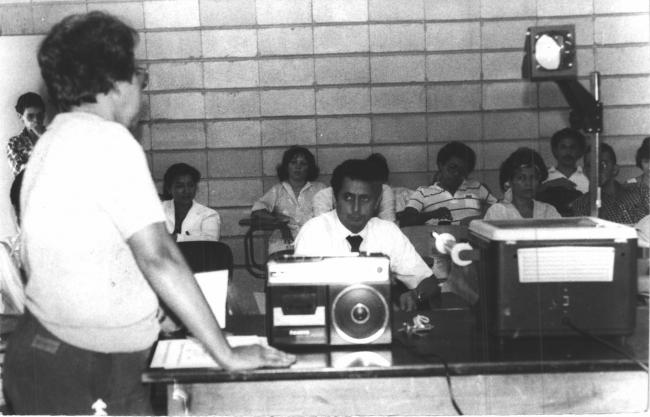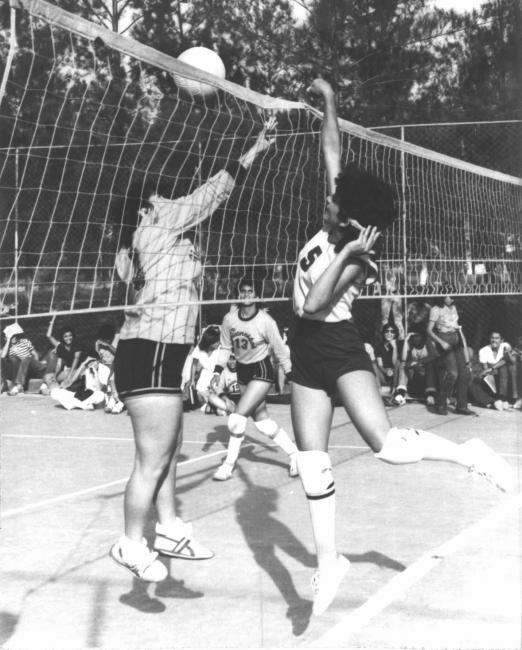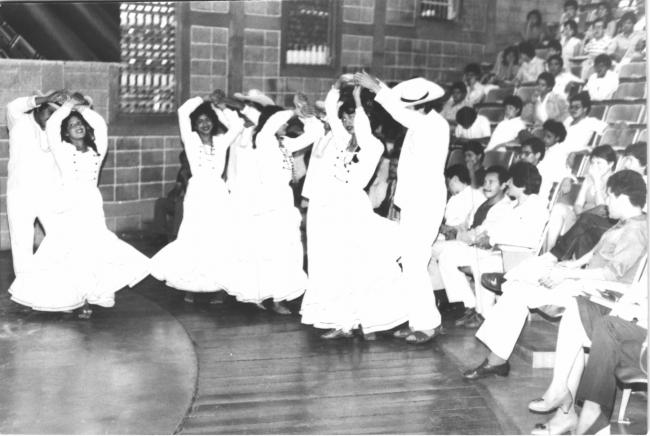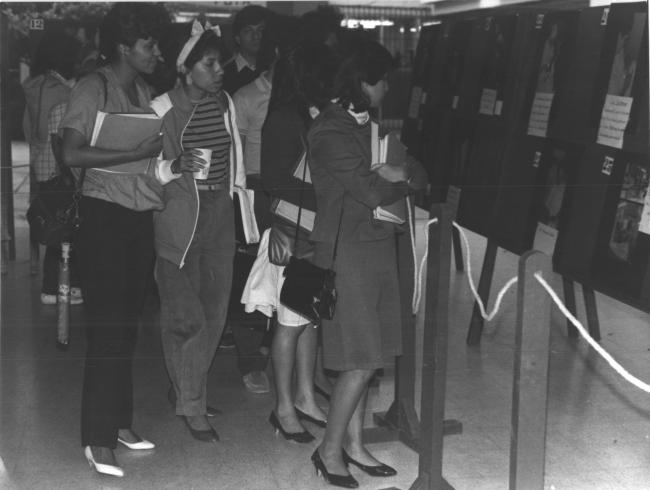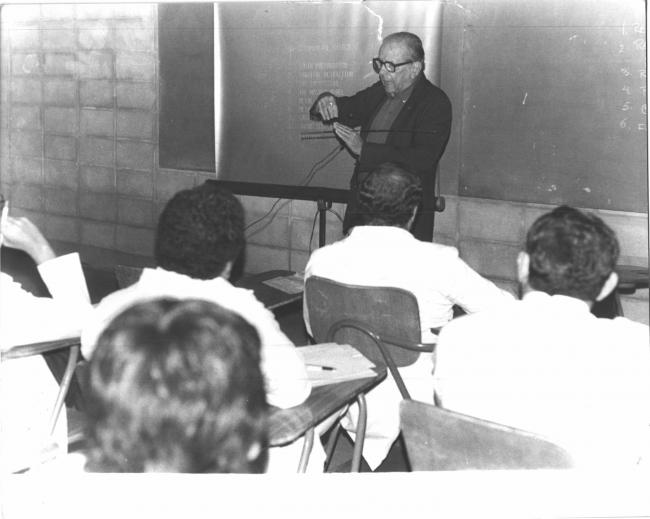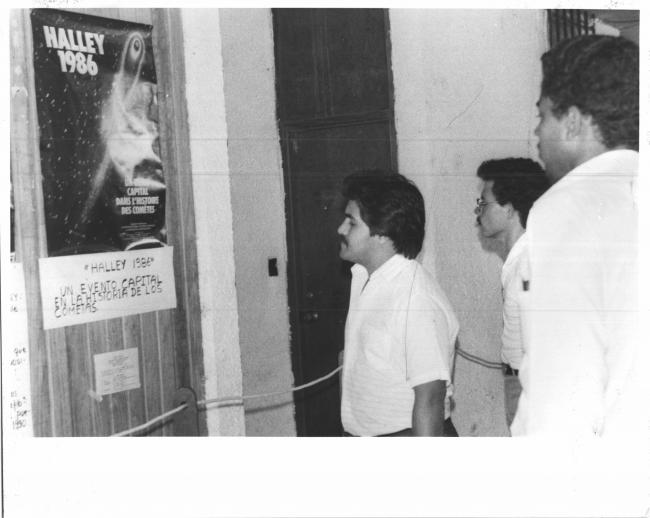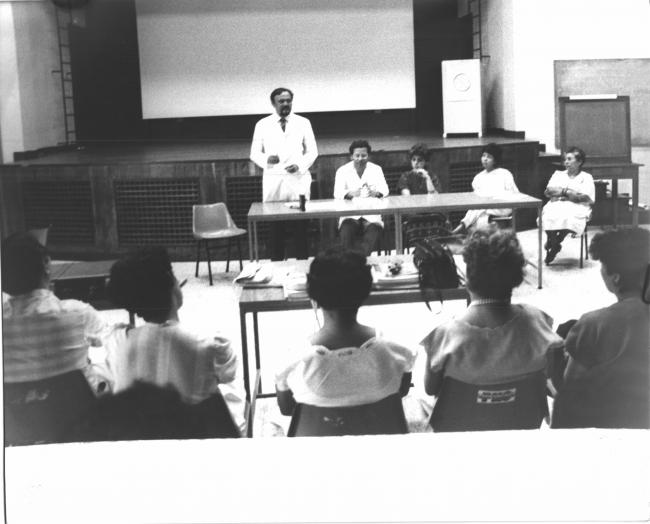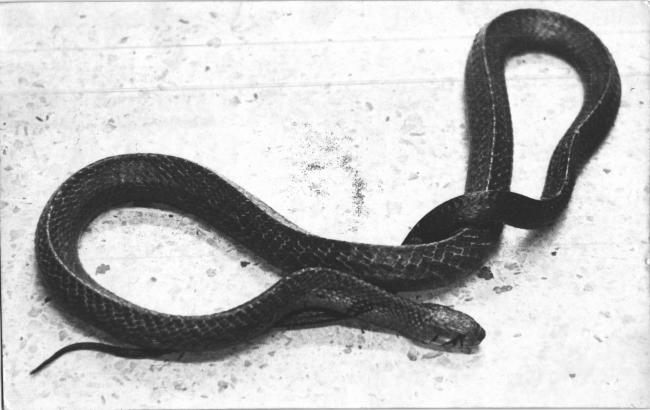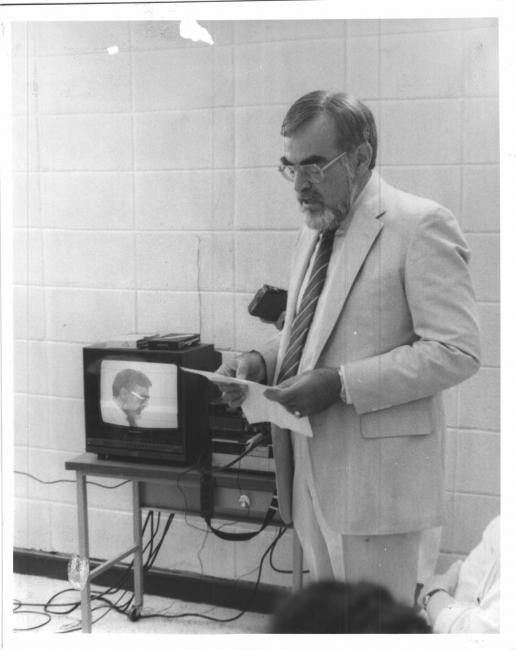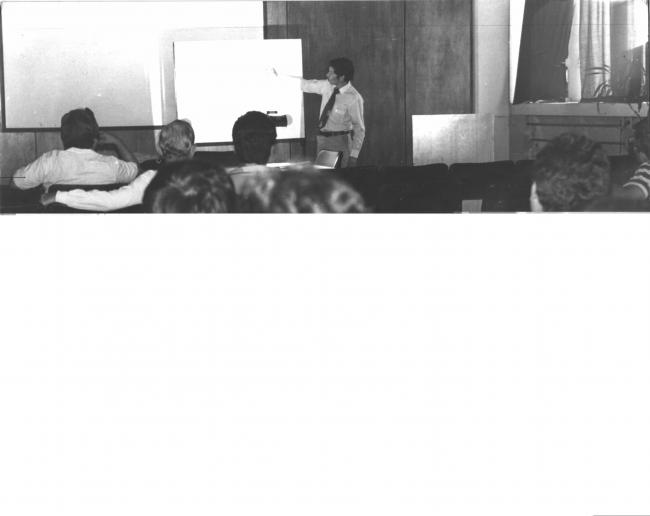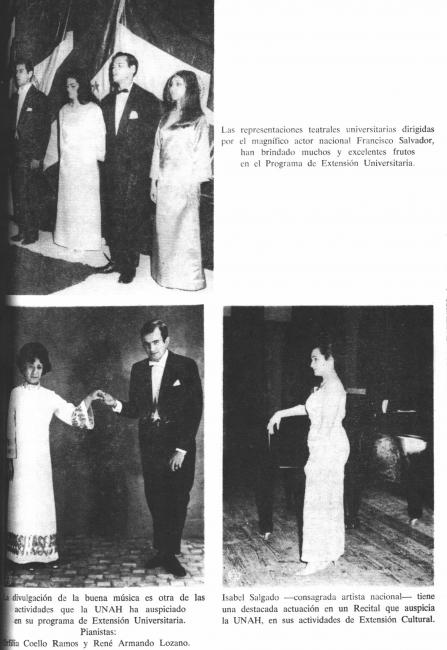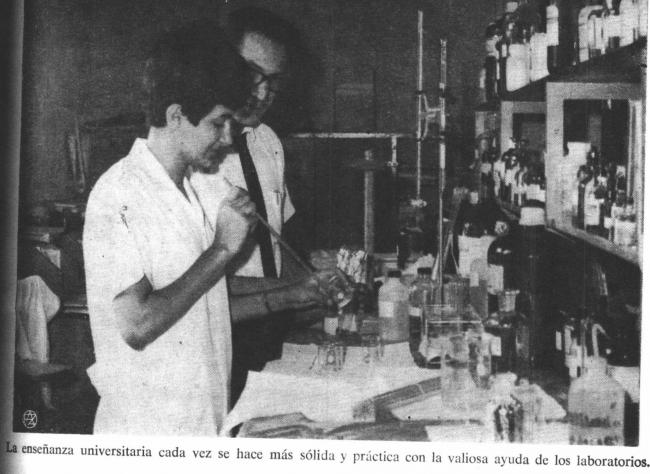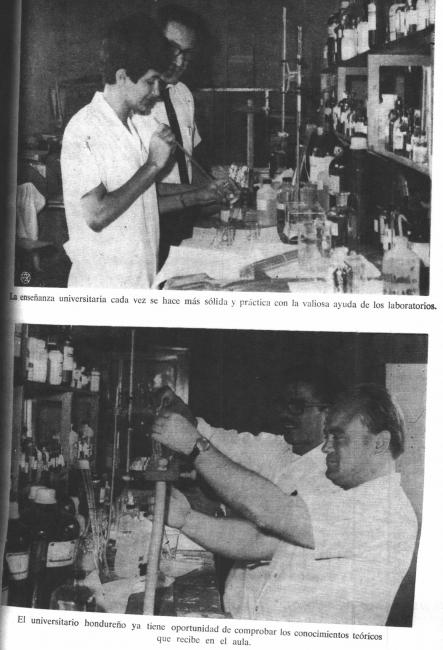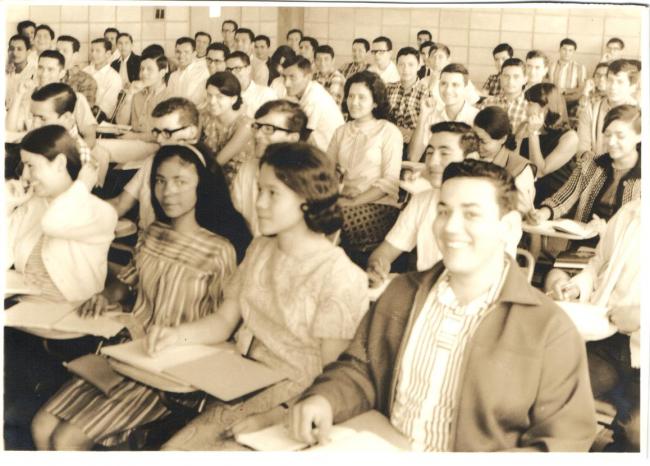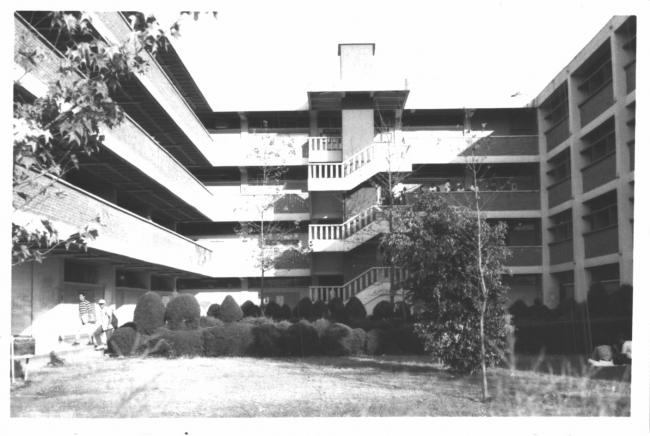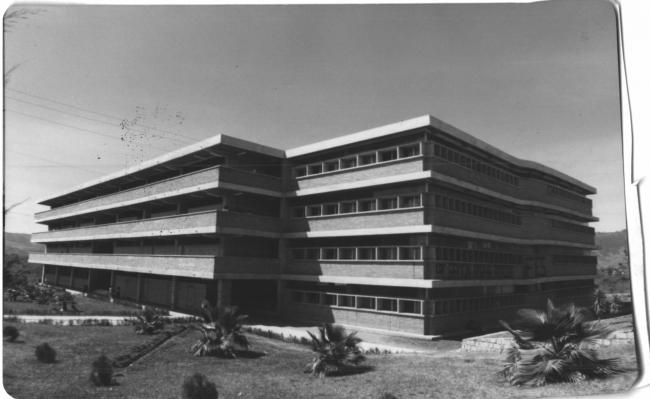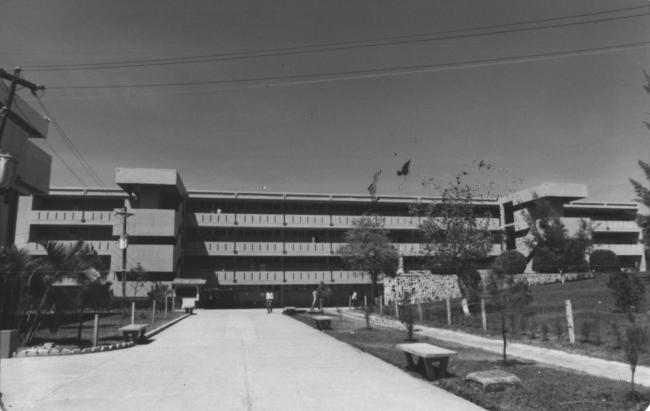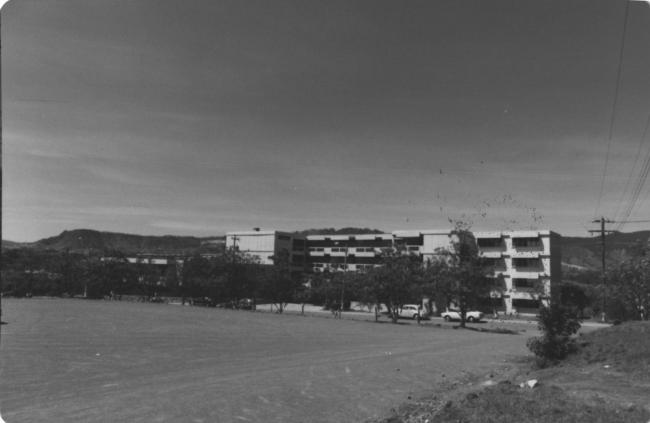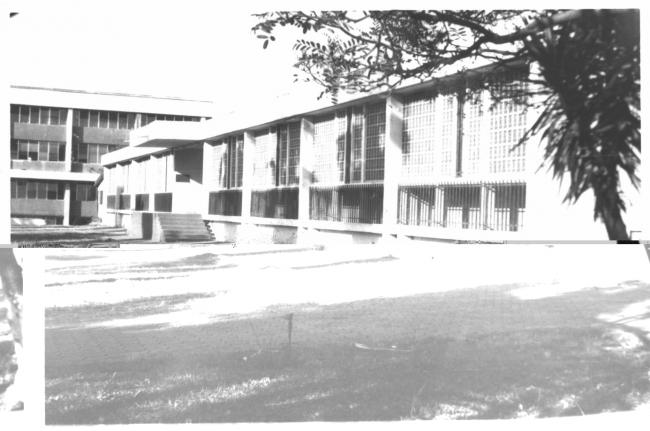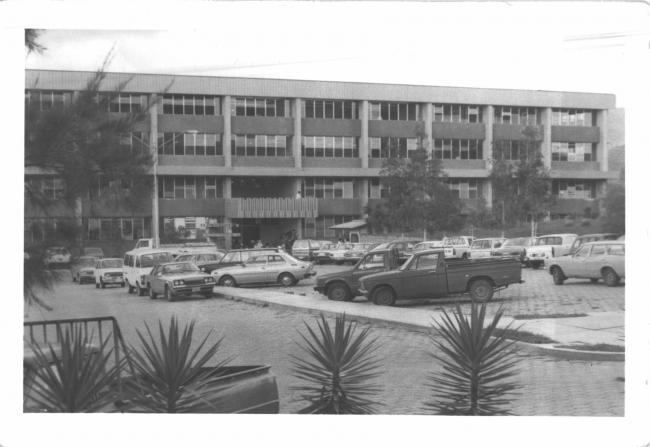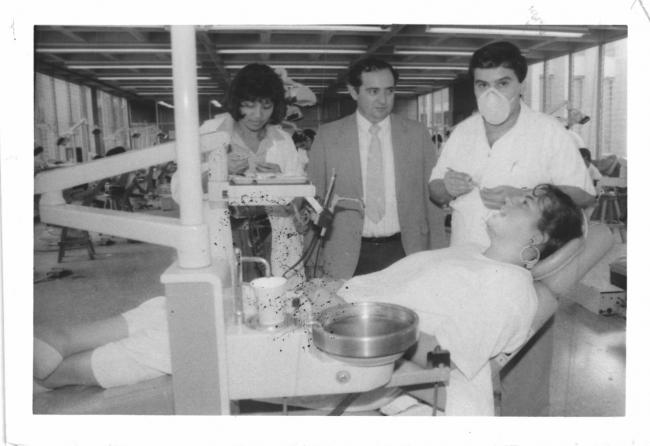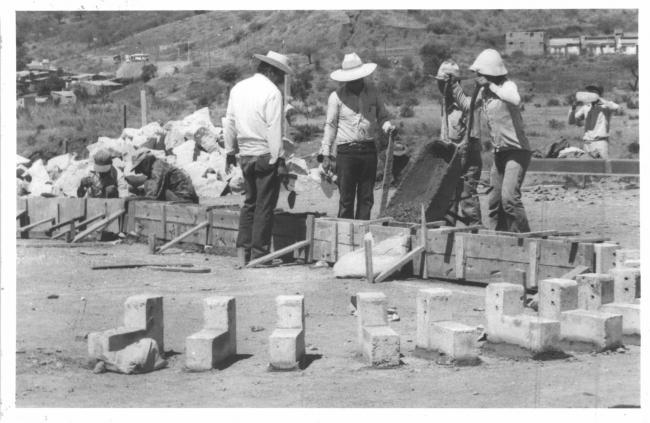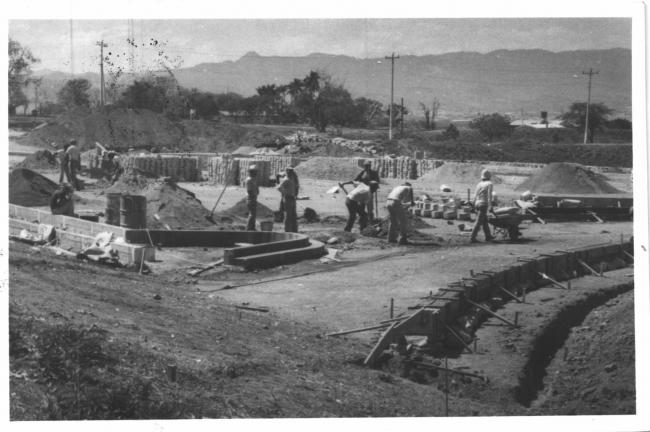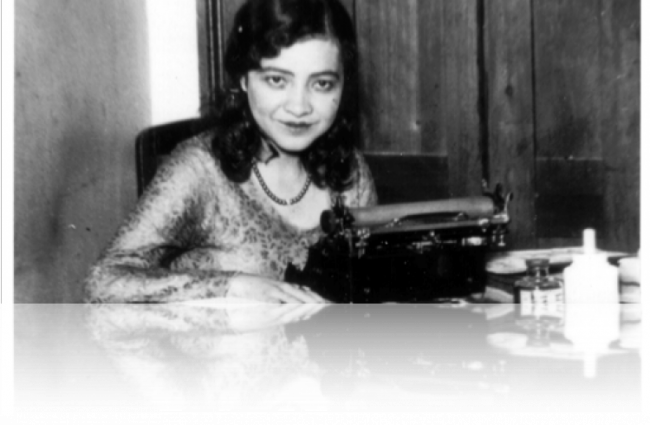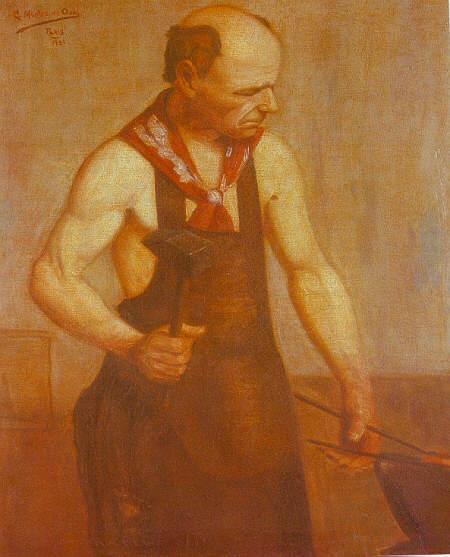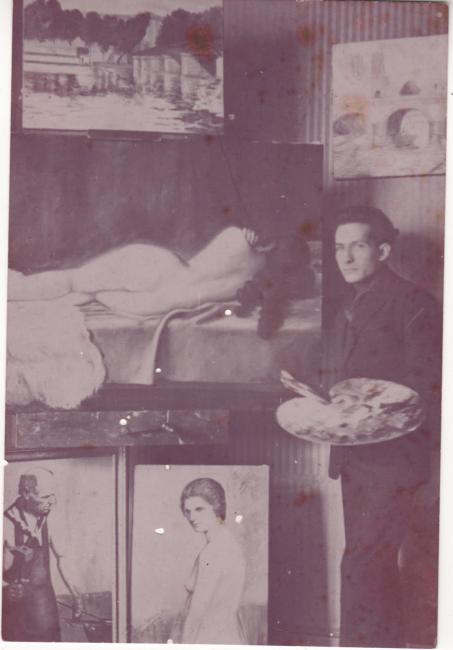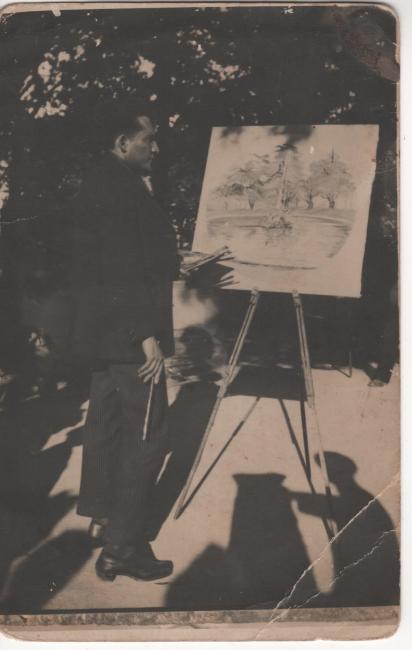The historical period that has been called "the Liberal Reformation" established its importance in the creation of a national environment or climate that had been left unanswered by the main actors of independence, who continued to govern with the old Hispanic laws and with the same forms of colonial production.
That is why it is necessary to highlight art, it is part of the social process and, as such, it is necessarily encompassed in the cultural -which in itself encompasses all human endeavor, that is how: the architect, painter, sculptor, draftsman, photographer, expose an ideology, whether as a defender, diffuser or dissident of the same.
In global terms, art generates a reciprocal action: the artist proposes the expression and the receiver -that is, the public- receives the signal, thus generating the action of communication, perception, message, and / or way of thinking about the surrounding reality, this will be reflected in the following cultural manifestations:
Education
It is in this current that the Compendium of the Social and Political History of Honduras is recorded, amplified by the main events in Central America, by Antonio
R. Vallejo, who was commissioned to write it by the liberal government of Marco Aurelio Soto and Ramon Rosa in 1878 and was published in 1882.
As a project of Country Vision, the liberal reformers also intend to generalize education with greater coverage in primary education, that works properly in all the departments, the average education when institutes of secondary education in all the departments improving and expanding higher education, promoting liberal careers, and the National Archive, National Library, and the first books of National History were created as part of this aspect.
Architecture
"The Republican period witnessed major architectural changes initiating an architecture of neoclassical and historicist influence of the late nineteenth and early twentieth century, to the revolutionary Modern architecture or International Style of iron, glass and reinforced concrete, historical moment where the participation of architecture professionals arises, considered pioneers in their field.
At the beginning of the 20th century, the construction of architectural works in historicist eclectic styles began in Honduras. The most important creators of the time are the geometer Augusto Brezzani, Italian who designs the Presidential House (1916-1919), the Central District Palace (1937) in coordination with Samuel Salgado who also designed the house of Villa Roy 1936. Don Cristobal Prats who built the Manuel Bonilla Theater in Neoclassical style and Alfredo Zepeda who builds the Carias Bridge with Art Deco inspiration. The architect Bustillo Oliva designs the building of the Mayor's Office of San Pedro Sula with Art Deco influences ... "
The administrative buildings also followed these guidelines and design, even in regions with a milder but equally rainy climate and more rugged topography, such as in the town of San Juancito in the Central District, where the miners' houses clung to the steep slope with piles.
Also in the south zone, wooden buildings were the norm among the community of German immigrants settled in Choluteca and Amapala, this being the only port with direct communication with Tegucigalpa at that time.
The transfer of the capital from Comayagua to Tegucigalpa at the end of the 19th century imposed the sudden need to create new bureaucratic infrastructure in the backward urban city.
The urban and rural landscape of Honduras little by little began to change before the arrival of the telegraph, the most modern telecommunications system of the time, which with the wooden poles and the wiring intensified the visual contamination of the cities of the country.
At the beginning of the twentieth century, in Honduras, and especially in Tegucigalpa, architecture barely showed evolution although it had developed as a result of to the contributions of illustrious professionals of the area and skilled foreign construction masters such as Augusto Bressani and Francisco Prats. It continued tied to traditional systems and to the historicist aesthetics that had dominated the main European cities in the previous century. However, in 1921 and after studying in Switzerland, Fernando Pineda Ugarte returned to the country. He is considered the first Honduran architect.
"The arrival of immigrants and Italian artists to Honduras between the end of the 19th century and the first decades of the 20th century was driven by the context of the 1876 Liberal Reformation of Marco Aurelio Soto and Ramon Rosa."
"This complex phenomenon transformed the society from a political, social and economic perspective, as well as the urbanism, and influenced architecture, sculpture and public spaces, because through this language of avant-garde aesthetics such as neoclassicism, Art Deco and Modernism, the reformers appealed to the construction of nationalism, national identity and the legitimization of power through construction and construction of monumental works that transcended time and history".
MAIN WORKS:
Guacerique Bridge In 1894 when Dr. Policarpo Bonilla was president of Honduras, the need of another bridge was contemplated, after the Mallol bridge to facilitate the passage of carts and pedestrians to the southern part of Comayagüela, for which a site near the confluence of the Guacerique River with the Grande River was selected, and the "Guacerique bridge", was built during that administration, which was inaugurated in 1896.
General Cementary. Linked with the idea of sanitation and secular and civil management policies from the modern forensic science of mortality.
The National Penitentiary. It fit with the idea of social control, order and security
The General Hospital. Linked with the policy of secularization and attention of the sanitary sphere from the State, as well as with sanitation.
It was the most prolific. Undoubtedly, most of the urban face of the capital is due to his work: AUGUSTO BRESSANNI Considered as "the founder of modern architecture in Honduras". In Tegucigalpa he inaugurated a "School of Architecture", in which several Honduran artists learned their techniques and built important urban works, such as residences and palaces for wealthy families.
Construction of the Carias Bridge, the thirties, twentieth century.
During the mandate of Carias a sense of modernity and austerity that was clearly reflected in their buildings was imposed in large cities, where the use of reinforced concrete began being incorporated more widely, while steel allowed some works of importance, of lighter structures, such as the Choluteca Bridge, built in 1937. The arrival of the ART DECO style allowed some infrastructure works to add curvilinear profiles, similar to the elegant silhouettes of the mechanized era such as the Lempira school.
During the turbulent political period in which the democratically elected presidents alternated with the de facto military governments, the architecture was more specific works than numbers. While in San Pedro Sula the cathedral was being built, the projects of bank agencies and hotels built in concrete and steel began.
Toncontin Ariport Terminal, Tegucigalpa, built by Pan American World Airways in the 30s.
The National Congress, Tegucigalpa, by Mario Valenzuela, 1951.
It was also in the 50's of the XIX (XX) century that the construction of the national road system began, finally linking both coastlines through the central corridor. These new and improved means of communication also facilitated the transmission of new ideas and architectural concepts that gave rise in Europe and the United States to important trends such as rationalism and international style. It was the architect Mario Valenzuela, who for the first time captured very clearly the revolutionary design of the National Congress in 1951, deeply inspired by the points of the new architecture raised by Le Corbusier.
Gran Hotel Sula, San Pedro Sula, 1970s.
It is important to note that in the 70's there was a strong constructive push for urban growth focused on social welfare projects in Tegucigalpa for example, institutions earmarked for higher education, such as the National Autonomous University of Honduras (UNAH), the Francisco Morazan Teachers' College (now the Francisco Morazan National Pedagogical University. UPNFM), of health, such as the Maternal Infant Hospital complex; and on the other hand, the founding of the John F. Kennedy neighborhood in 1963, which was a residential complex designed as a prototype of a satellite city, promoted by the United States government to prevent the advance of communist currents in Latin America and keep the population under a stable and satisfied political regime. From this fact, road development was imminent and thus, the emergence of more middle class neighborhoods in the periphery of Tegucigalpa. It was a time of great constructions in San Pedro Sula and here several architects from this city stood out:
Antonio Ruiz Paz and Aturo Nuila, designers of the Banco Nacional del Fomento (now the Banco Nacional de Desarrollo Agricola.) in Comayagüela, which together with the administrative building of the Honduran Social Security Institute and the Larach y Compañia building, both by the architect Valenzuela, were the tallest buildings in the Central District for many years.
In 1976, with the enactment of the Constitutive Law of the Free Zone of Puerto Cortes, the maquila (assembly) industry began in Honduras with large industrial warehouses concentrated in adjacent municipalities.
Sculpture 1876 to 1980
The Honduran 19th century is an extremely unstable time, with its correlative cultural crisis, the sculptural production causes the disappearance of the theme of religious imagery without the emergence of a new theme to fill this void.
The sculptural expression resurfaces in the context of the Liberal Reform with the purpose of embellishing the new capital, Tegucigalpa, with monuments in honor of the heroes of the Independence and the Federation. Thus, by commission, statues are sculpted in France in honor of Morazan, today in the Central Park of Tegucigalpa, and in Italy, the marble statue of Jose Cecilio del Valle and the busts of General Cabañas and Padre Reyes, inaugurated in 1883.
In this century we find sculptors of artistic value among them: Salvador Posadas, Samuel Salgado, Mario Zamora and Roberto M. Sanchez. The first, within the imaginary tradition of the Spanish period, and the last three, trained in Italy and within the artistic currents of this country, which has produced work of preferably monumental character.
Samuel Salgado is, chronologically, the first of the modern sculptors of Honduras. He founded the National School of Fine Arts of Tegucigalpa in 1940, he was the first professor of Sculpture and, later, until a few months ago, director of that institution.
Mario Zamora, still a teenager, began the School of Fine Arts in Managua in 1933. In 1944 he went to Mexico, where he studied at the San Carlos Academy and had two exhibitions of his work.
Other sculptors are: Giovanni Ardini, his best known work in Honduras is in bronze and placed on the façade of the University of Tegucigalpa (ground floor of the Legislative Palace), representing General Morazan dictating his proclamation of David in 1841;
Roberto M., his most famous work in Honduras is in bronze, placed on the façade of the University of Tegucigalpa (ground floor of the Legislative Palace). Sanchez, among his works are a bust of Finlay, in the Directorate of Health of Tegucigalpa; another of the writer Alvaro Contreras, in the town of Cedros, where he was originally, one of General Morazan, in Comayagua, not to mention genuine promises for Honduran art among which we could mention Fortin and Milla.
Painting 1876 to 1980
According to Longino Becerra and Evaristo Lopez, in the first decade of the 20th century there was a kind of vacuum with respect to Honduran painting, a period in which no representative names were found, although some works of relative artistic value were produced.
It was not until the second decade that a group of painters of singular importance began to emerge, among them Pablo Zelaya Sierra, Confucio Montes de Oca, Carlos Zuniga Figueroa and Max Euceda. All of them were born at the end of the 19th century, defining their first artistic manifestations from the 1920s onwards.
The most outstanding works of Pablo Zelaya Sierra: "The nuns", "Two girls", "Niña de las rosas", "Hermano contra hermano" and others; Confucio Montes de Oca: his best known work is "El forjador"; Carlos Zuñiga Figueroa, his masterpiece was the decoration of the Manuel Bonilla Theatre where he was commissioned to paint the now legendary "Telon de Boca"; Max Euceda, makes an exhibition of thirty canvases, highlighting among them the portrait "La esposa del pintor" (The Painter's Wife).
The Second World War was undoubtedly the first great conflagration that moved and transformed the world from all angles, resulting in changes in the production system and new approaches to the existence of human beings.
In the field of arts a remnant of the near past remained: "impressionism" that permeated the taste of a bourgeois society. In America, a resistance against the acceptance of European thought began and movements began to search that sense of Latin American Identity against that recently enunciated vision proclaimed by F. D. Roosevelt, called "good neighbor politics".
From all these factors, what we could describe as phenomenological painting arise, and in Honduras is this was expressed by the painter Teresita Fortin and Jose Antonio Velasquez.
The legacy of Teresita Fortin and for what she is recognized for is as a good painter of flowers and landscapes, for the seventies she stands out as an excellent chronicler of Honduran painting, two exhibitions credit her talent as a painter: "El tiempo pasado" (past times) and "Mi vida" (My life). On the other hand, Jose Antonio Velasquez's themes will be: houses, streets, roads, characters, they are part of the human and natural landscape, are considered as unique by art critics.
The generation of artists continues, among them: Arturo Lopez Rodezno, his technical ability was aided by his professional training in the areas of engineering and inclined him towards decorative muralism, among his works stand out: the mural of the National Development Bank; the collection of 17 themes set in tiles that he made to decorate the Toncontin international airport, the mural of the Banco Atlantida building in Tegucigalpa; he painted the so-called "Mayan Corridor" of the National School of Fine Arts, among others.
The 1950s marked a new era in power relations, the dictatorship had been exhausted as a model of political control, and the working class reemerged with a fervent force for demands and the need for greater democratic openness to consolidate their organizations. From these conjuncture and political conditions, the National School of Fine Arts was inserted in this dynamic by organizing the participation of Honduran artists in the three editions of the Hispanic American biennials of art: The First Hispanic American Biennial of Art developed in Spain, the II Biennial made in Havana, Cuba and the III Biennial Hispanoamericana, made in Barcelona.
After the fifties, a series of artists appeared that confirmed the advance of our plastic tradition. These artists had their best achievements at the end of the fifties, but especially in the sixties and seventies. Following is their profile:
Alvaro Canales, among his most outstanding works are: a collection of "Mining Faces" three in total, two of them are in the Central Bank of Honduras and one in the National Autonomous University, has also left three murals, two in tile and one in fresco, the first two in commercial buildings, one is in Banco del Ahorro Hondureño of Tegucigalpa, another mural is in the Hotel Sula, in the city of San Pedro Sula and the third in the Main Auditorium of the university campus.
There are many more artists in the pictorial production: Ricardo Aguilar, most outstanding works: "Carnival", "Afrocubanism", "Original Sin", "Time, limit and space", "Spring" and "Dynamism"; Miguel Angel Ruiz Matute; most outstanding collections: "El Cantar de los Cantares" (The Song of Songs), from this collection are worthy of special mention, the individually titled "La primera caricia" (The first caress) and "El beso" (The kiss); for the purposes of the Nacional Identity Museum (MIN), the mural with an interpretation of the history of Honduras, completed for the main building of the Banco Atlantida, where the artist develops a history of the culminating periods of the passing of the country, bringing unity through a sequence of money that comes from the supposed pre-Columbian use of cocoa until the creation of the current currency.
Mario Castillo, with proposals ranging from portraits, landscapes, still lives and prints of the customs, his work "Jacob's Dream" is one of the masterpieces of Honduran plastic art. Carlos Guillermo Garay is recognized as the most traditional landscape artist in Honduras. Dante Lazaroni Andino, influenced by the Mexican school, his first stage was developed under the canons of a nationalist expressionism, aimed at exalting patriotic values in the face of any form of transculturation. Benigno Gomez, the World Federation of United Nations Associations, appointed maestro Gomez to make one of his works entitled "Las Palomas" (The Pigeons) the image of the UN commemorative stamp.
